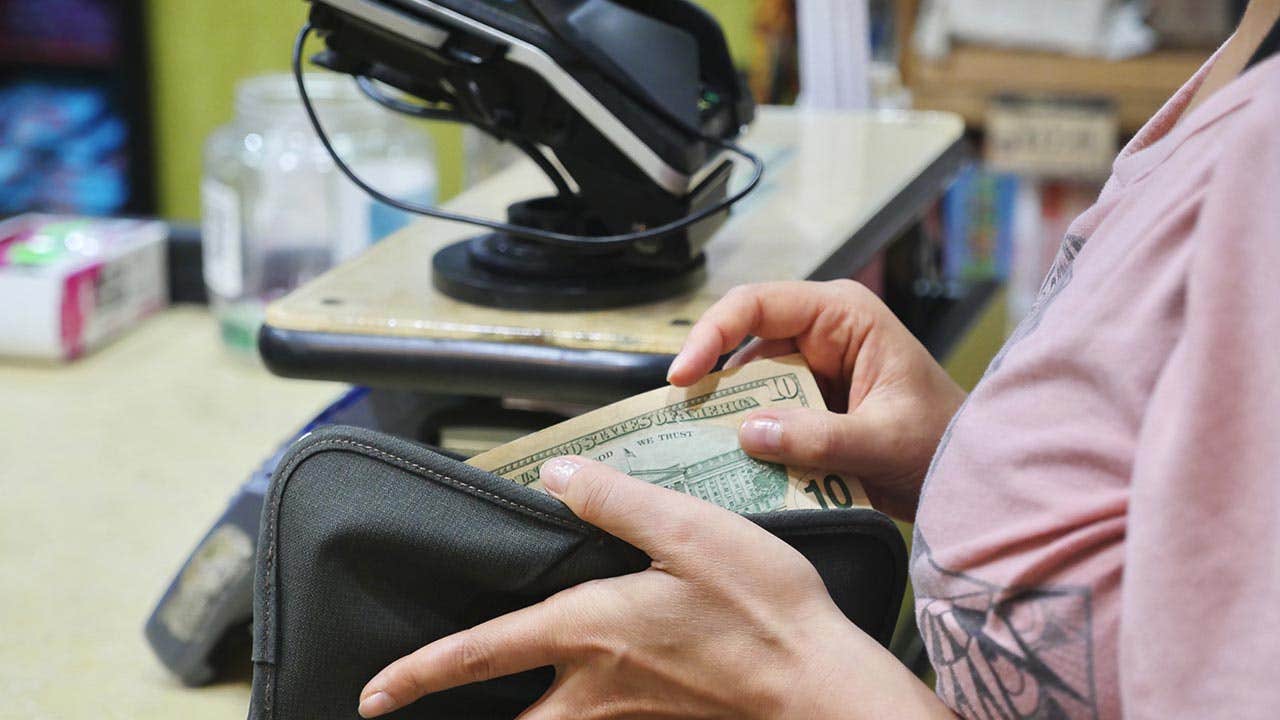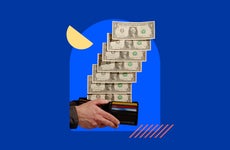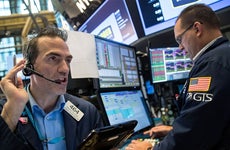How the weaker dollar impacts you

The Bankrate promise
At Bankrate we strive to help you make smarter financial decisions. While we adhere to strict , this post may contain references to products from our partners. Here's an explanation for .
The U.S. economy was firing on all cylinders last year, and looks to do so again in 2018. All cylinders, that is, except the dollar.
While stock market indices hit new highs, the job market gets even stronger, and economic growth solidifies, the greenback has weakened considerably against other major currencies. In 2017, the dollar lost 12 percent against the euro and 9 percent against the British Pound, and the slide has continued in 2018.
In a remarkable comment at the Global Economic Forum in Davos, Treasury Secretary Steve Mnuchin said that a weak dollar was good for the U.S. when it comes to “trade and opportunities,” which promptly knocked the greenback even lower.
The weakening dollar is all the more notable given that the Federal Reserve hiked interest rates three times last year, and appears prepared to tighten further. President Trump, meanwhile, signed the largest tax overhaul in a generation, which will cost $1.5 trillion over the next decade.
Why is the greenback weaker?
There’s no shortage of theories.
While the Fed rate hikes increase borrowing costs, which should increase demand for dollars as well as yields on savings accounts, investors see lingering low inflation as an anchor potentially limiting the number of rate hikes this year, thereby capping demand for the dollar.
Market observers may also be fearful of the Fed’s plan to unwind almost three quarters of its $4.5 trillion balance sheet, and that the federal deficit will only worsen thanks to the GOP tax bill.
It’s worth remembering currencies fluctuate against each other driven also by what’s happening overseas. Euro nations are enjoying strong growth after years of frustrations. Perhaps investors see the U.S. in the late stages of recovery and want instead want to invest in Europe.
“In the short run, (a weak dollar) can signal all sorts of things, like expected weakness in the economy and lots of speculative things,” says Mark Thoma, professor of economics at the University of Oregon. “But if you look at the longer trend, it’s based mainly upon the monetary policies in the pair of countries you’re examining.”
“It’s a little hard to know for sure, but my basic guess is the rise in oil prices. This might have an effect on the trade balance, particularly in China. They want to pay for oil, and sold the dollars they held to do so, putting downward pressure on the dollar,” says University of Texas economist James K. Galbraith
What does this mean for me?
There are winners and losers in any economic outcome, and consumers generally end up on the shorter end of the stick.
The advantage of a weaker dollar, as Secretary Mnuchin alluded to, is that U.S. exports suddenly become cheaper, making companies who sell a lot of stuff overseas more competitive in the global marketplace. This was one of the reasons you saw so many countries devaluing their currency after the Great Recession.
While those companies, and their shareholders and employees benefit, most other Americans may not.
Imports, for instance, become more expensive, pushing up cost of many goods for everyday Americans. Companies that require imports have to pay more, increasing the costs of manufacturing. Americans planning on traveling abroad, likewise, will pay more than they otherwise would.
“The weakness of the U.S. dollar has a pocketbook effect on American households by driving up the cost of food, gasoline and foreign travel,” said Greg McBride, Bankrate.com’s chief financial analyst.
The relative strength of the dollar rests beyond your control. But you should want the U.S. to be a source of investment and remain as the world’s reserve currency. Artificially pushing down the dollar, especially after one of the longest recoveries in history, is probably not in your interest.
Related Articles



Here’s how much Trump’s tariffs on China could cost American consumers
